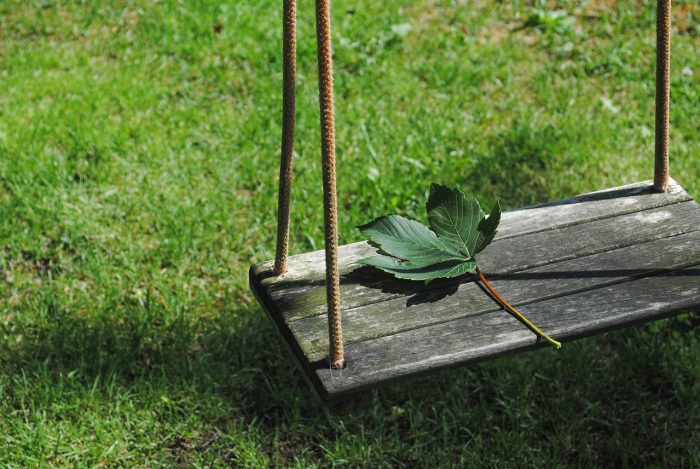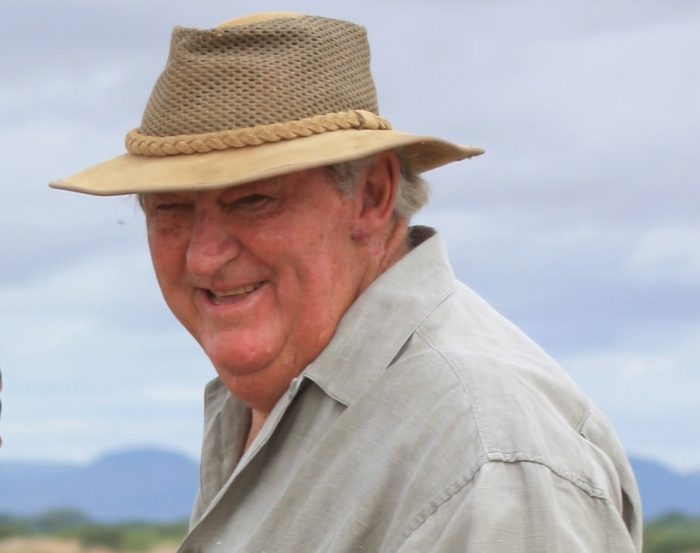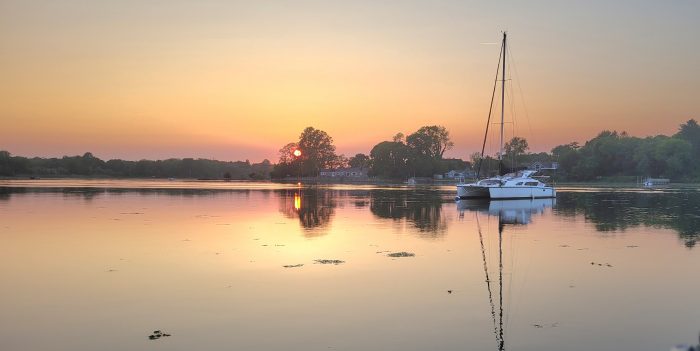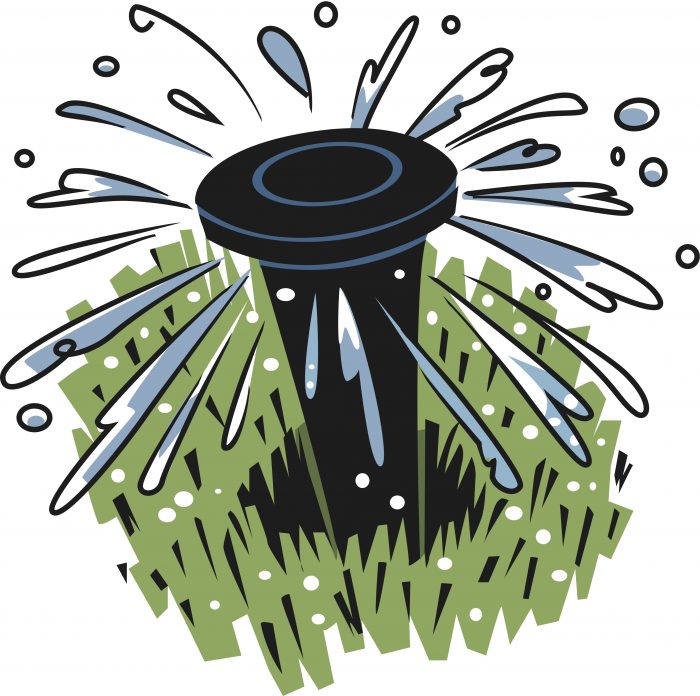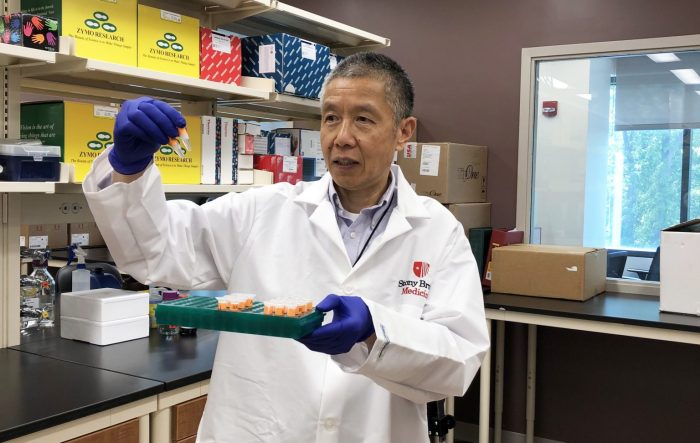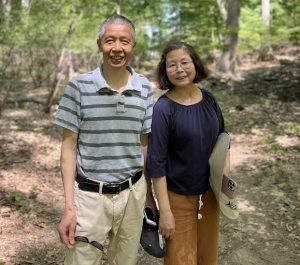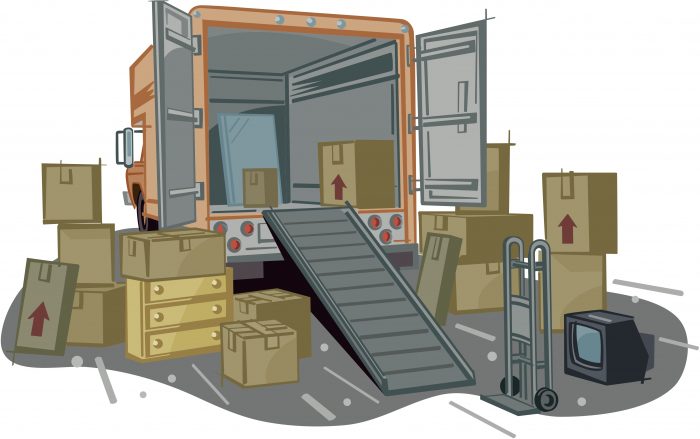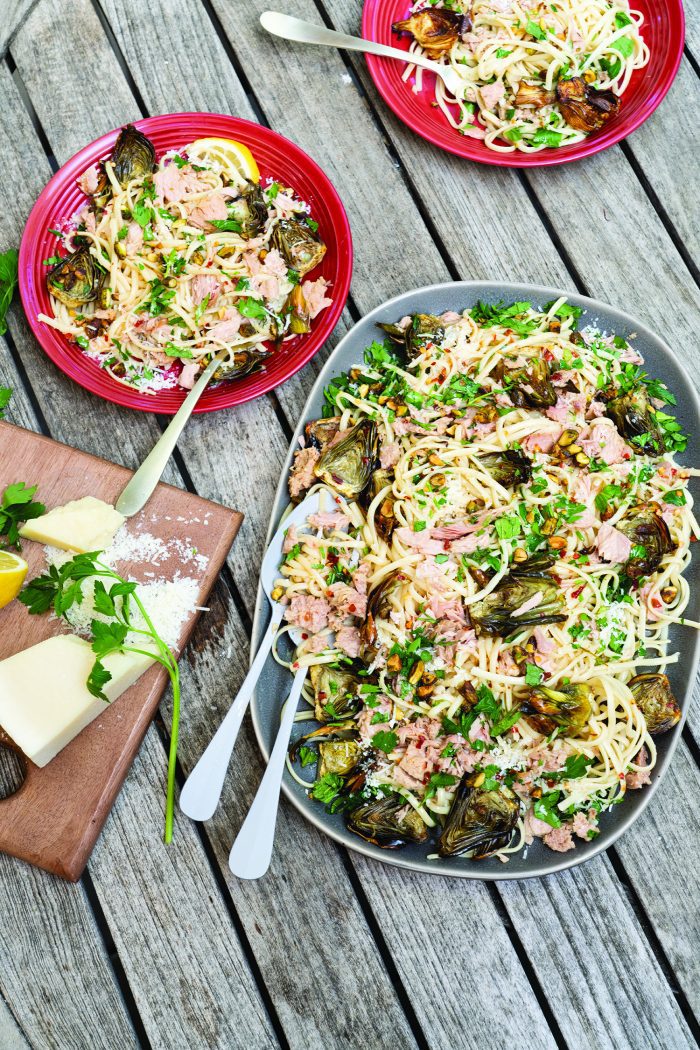 Welcome to the 18th edition of Paw Prints, a monthly column for animal lovers dedicated to helping shelter pets find their furever home!
Welcome to the 18th edition of Paw Prints, a monthly column for animal lovers dedicated to helping shelter pets find their furever home!
 Meet Donnie
Meet Donnie
With a name meaning “ruler of the world” (aren’t all Chihuahuas?), this two-year-old fellow is Donnie, currently up for adoption at Little Shelter in Huntington. Witty and intelligent, he’s the perfect partner to have by your side for family trivia night, ensuring your team will come out on top. Always ready for an adventure, he’s hoping to be included in all your plans, adding an element of fun to everything you do together. Loving and loyal, he would be a great addition to most any household, so don’t delay…stop by Little Shelter to meet Donnie and let the games begin! 631-368-8770, ext. 21
 Meet Levy
Meet Levy
The name Levy is associated with unity and loyalty, a fitting description for any canine! This two-year-old Terrier mix recently arrived at Little Shelter in Huntington via the Passage to Freedom Program. While still finding his footing, he is getting braver every day, trusting that his best life is just around the corner. Looking for a family that will be patient with his progress, he knows that he has a lot to offer someone that will give him time to acclimate, provide him with a sense of stability and already has another dog to give him confidence and show him the ropes. Once he opens up, you’ll discover that he is smart, funny, affectionate and the perfect copilot for all your travels and adventures. Stop by to meet this handsome young lad and leave with a best friend! 631-368-8770, ext. 21
 Meet Wilbur
Meet Wilbur
This tall drink of water is Wilbur. In the prime of his life, he’s a six-year-old Terrier mix at Little Shelter in Huntington who’s looking for a forever home and a brand new start. Described by the kennel staff as “spunky”, he loves toys and has a playful, outgoing personality. Enthusiastic about treats, he’s perfected the “good sit”, hoping you’ll be generous with a tasty tidbit as well as your praise. Always happy to see you, he often does a little tippy toe dance to convey his excitement…everyone deserves such a greeting upon entering a room! Simply the best, Wilbur is the one that will steal your heart. 631-368-8770, ext. 21
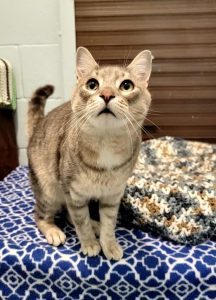 Meet Joey Biscuits
Meet Joey Biscuits
This outgoing and playful man is Joey Biscuits, a 2.5 year old grey tabby up for adoption at the Smithtown Animal Shelter. Full of love and energy Joey is extremely outgoing and will go up to just about any person he meets. Joey has an affinity for escape which is what landed him in the shelter and needs a home that will provide him with plenty of enrichment. He is far too friendly and lacks a healthy sense of fear; going outside would end badly for him. He would be a wonderful addition to any family. Come meet him today! 631-360-7575
 Meet Winslet
Meet Winslet
Winslet is a tabby & white cat who was rescued from Georgia and is now at Kent Animal Shelter in Calverton waiting for his furever home. He is very affectionate and vocal to the people he loves. He has been described as a big teddy bear of a cat! If you’re looking for a cat who adores his human company, Winslet may be for you. Come on in today and meet him and some of his kitty friends. 631-727-5731, ext.
————————————-
Little Shelter Raffle
Take part in Little Shelter’s 32nd semi-annual Mercedez-Benz Raffle 2023 and help them rescue homeless animals! Tickets are $100 each and only 800 tickets will be sold. The winner will drive away in an A Class Mercedes-Benz or choose $25,000 cash. The drawing will be held on Saturday, June 24 at 3 p.m. Ticket holder need not be present to win. Visit www.littleshelter.org for more information.
Check out the next Paw Prints in the issue of July 13.
Paw Prints is generously sponsored by Mark T. Freeley, Esq.



